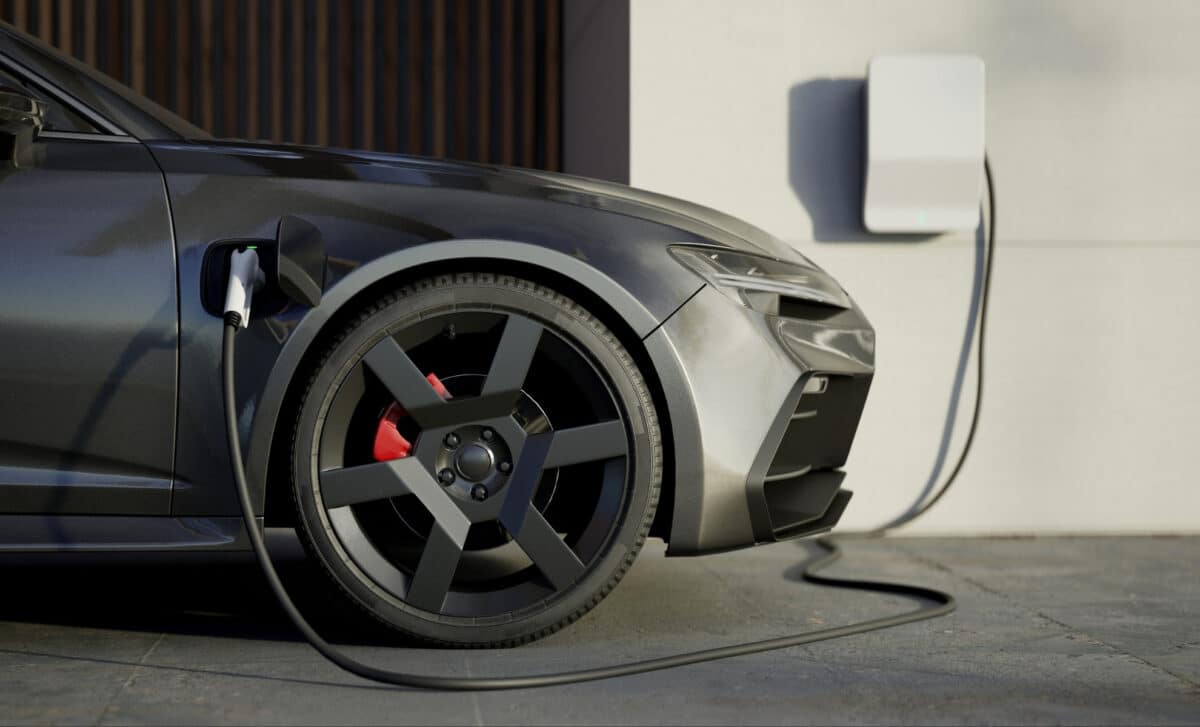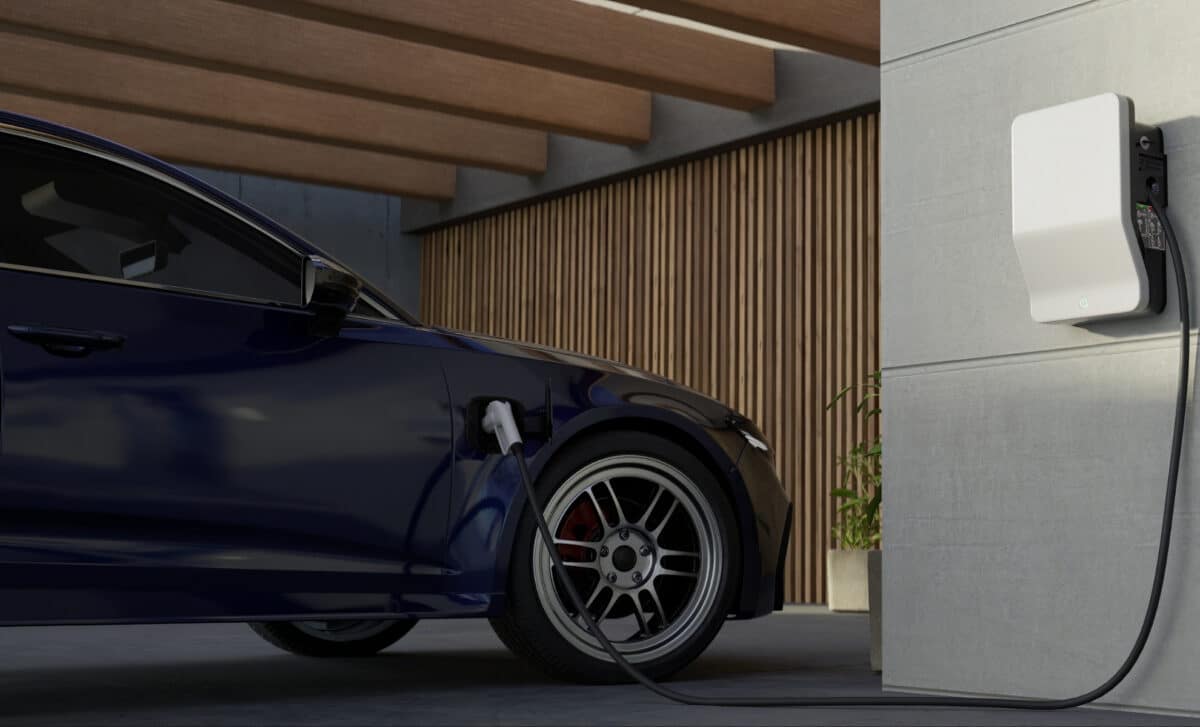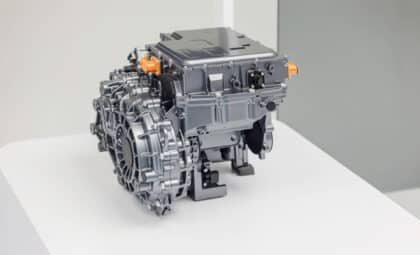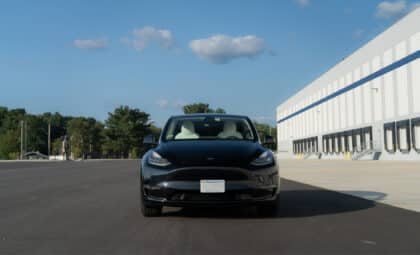The proposal, which would limit the power output of PHEVs if their owners fail to regularly plug them in, is seen as a way to curb the high emissions and inefficiency that result from underused electric power. As European regulations tighten on emissions, this move highlights a growing concern over the effectiveness of PHEVs as a transitional vehicle toward full electrification.
PHEVs, which combine both an internal combustion engine and an electric motor, are intended to offer the best of both worlds. They can drive short distances on electric power while using gasoline or diesel for longer trips. However, many drivers fail to charge their vehicles regularly, leaving the combustion engine to burn more fuel and produce higher emissions than intended.
According to studies, the widespread neglect of electric charging is undermining the environmental benefits that PHEVs were designed to provide. This issue has gained particular urgency as European policymakers approach the 2035 deadline for banning the sale of new carbon-emitting vehicles.
VDA’s Proposal: A Push for Mandatory Charging
In an interview with the German newspaper Frankfurter Allgemeine Sonntagszeitung, Holger Müller, president of VDA, proposed a solution: PHEV owners could be required to charge their cars regularly, with a penalty system limiting the vehicle’s power output if they fail to do so. This would force drivers to find a charger and plug in their vehicle after a certain distance, ensuring that the car operates more efficiently on electric power.
Müller explained that the goal was to “motivate” PHEV owners to take full advantage of the electric range their vehicles offer, rather than relying on gasoline. This measure is seen as a way to address what many view as PHEVs’ “dirty secret” — that they are often used inefficiently, despite being marketed as eco-friendly.
The plan, however, is not without its challenges. The logistics of enforcing such a system are still unclear. The effectiveness of the proposal would depend on how often vehicles would need to be plugged in before their power output is restricted. Some PHEVs, like the Volvo V90 T8 Recharge, require up to five hours to charge fully, which could be impractical for drivers who use their cars for long-distance travel. If regular charging were mandated every 100 miles, for instance, drivers would face significant inconvenience on road trips.

Environmental Impact and Emissions
The debate over mandatory charging for PHEVs is intrinsically linked to Europe’s push for stricter environmental standards. Under the EU’s upcoming 2035 carbon emissions ban, all new cars sold will need to be zero-emission. PHEVs, while better than traditional combustion vehicles, still contribute to emissions if not charged regularly. According to InsideEVS, the lack of electric charging leads to PHEVs burning more fuel, which in turn results in higher emissions than what official figures have predicted.
Recent data has shown that PHEVs often fail to live up to their potential in terms of fuel economy. One study found that only a small fraction of PHEV drivers regularly plug in their vehicles, and as a result, their emissions can be much higher than those of fully gasoline-powered cars. This gap between expected and actual performance is prompting calls for stricter measures. Proponents of the mandatory charging proposal argue that it could help PHEVs meet their environmental promises and reduce the overall emissions from the transportation sector.
Public Reaction and Industry Pushback
The proposal has sparked mixed reactions. While some support the idea of enforcing regular charging, others fear that it could alienate consumers who have already invested in PHEVs for their perceived convenience. Some owners, particularly those with long commutes or who frequently drive long distances, might find it impractical to stop and recharge their cars every few hundred miles. In addition, many worry about the infrastructure needed to support such a system.
The VDA’s initiative, however, is not just about increasing electric vehicle adoption. It also reflects the auto industry’s broader struggle to meet the stringent emission targets set by European regulators.









